A chilling reality of 2025, CEOs and companies worldwide are being fooled not by hackers, but by AI-generated voices and videos so realistic they blur the line between truth and illusion. Here’s what’s really happening, and how you can defend yourself.
The Silent War in the Digital Boardroom
In 2025, artificial intelligence has become both a revolutionary tool and a hidden adversary. Deepfakes — hyper-realistic videos and voices generated by AI, have turned corporate communication into a battlefield of deception. CEOs are being tricked into approving fake transactions or releasing confidential data, all because of voices and faces that look and sound perfectly real.
The Anatomy of a Deepfake Attack
Deepfakes are built using Generative Adversarial Networks (GANs) — AI systems that learn to replicate human likeness through vast datasets of voice and video samples. In 2025, scammers need just a few seconds of speech to clone someone’s voice and create entirely believable impersonations. Unlike old-school hacking, these attacks manipulate trust itself.
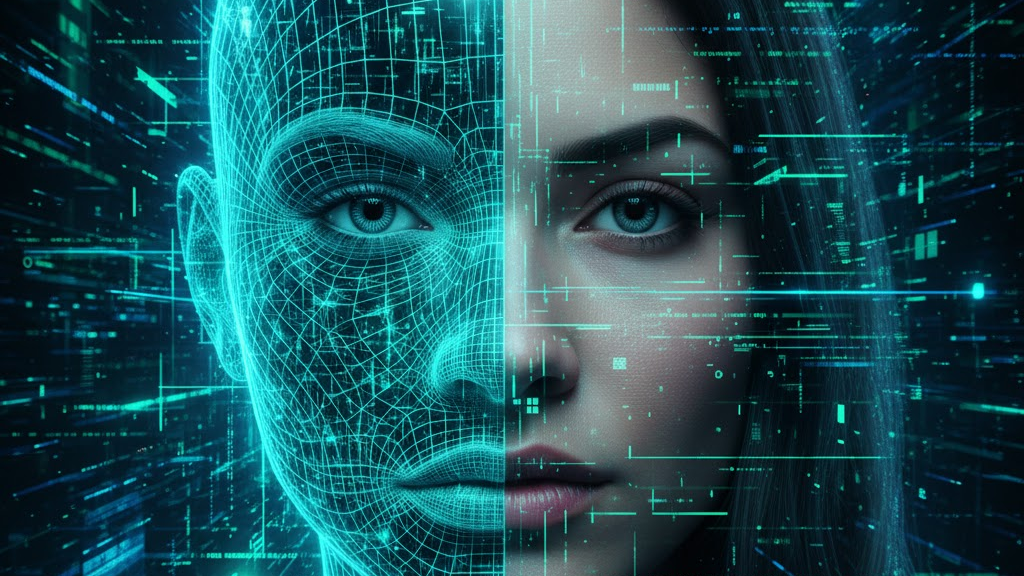
Real-World Deepfake Scams
In one recent case, a European company lost millions after an employee received a “CEO voice message” authorizing a confidential transfer. It was entirely AI-generated. Deepfakes exploit psychology, the instinct to obey authority, and respond quickly, turning human trust into the perfect weapon.
Why 2025 Feels Different: The Deepfake Explosion
Deepfake creation tools like Midjourney, ElevenLabs, and OpenAI’s voice generators are now cheap and widely available. Even small cyber groups can create fake personas, conduct scams, and automate deception at scale. The underground “deepfake economy” is thriving, selling cloned voices and live-simulation scripts to criminals worldwide.
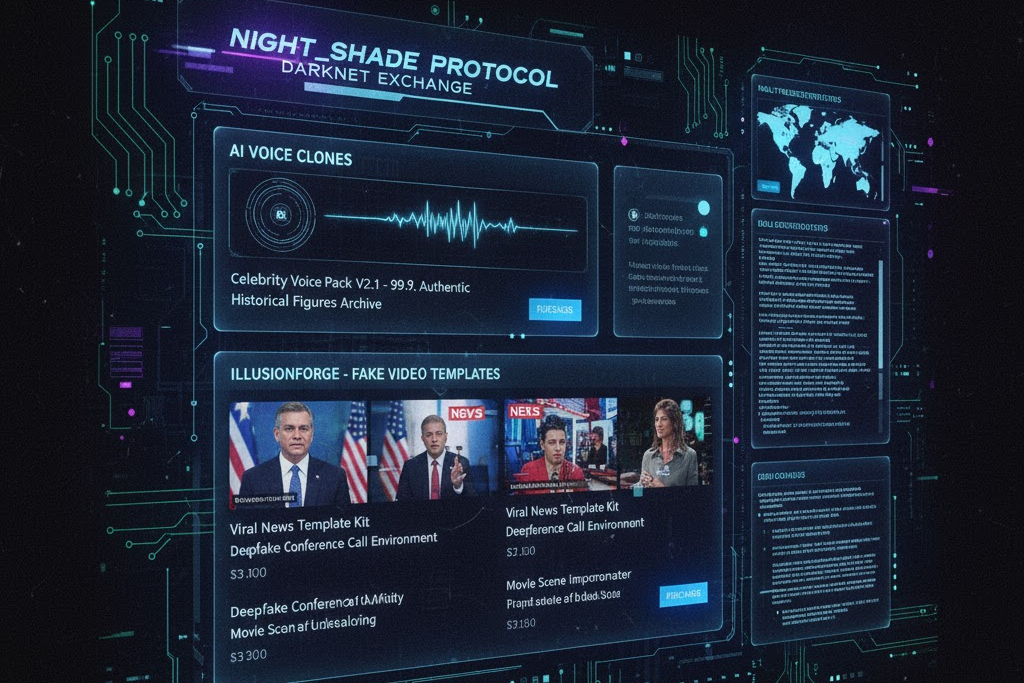
AI Cyber Attacks Are Evolving — So Are the Defenses
Cybersecurity companies are deploying AI to fight AI. Tools from Scale AI, Reality Defender, and Microsoft Security Copilot analyze micro-details like unnatural blinking or tone irregularities to detect manipulation. Some firms use blockchain to verify digital content authenticity. But every breakthrough in defense meets a smarter deepfake model ready to bypass it.
How Deepfakes Target CEOs (and Why They’re Perfect Victims)
CEOs and executives make ideal deepfake targets — their voices are public, their authority unquestioned, and their actions carry weight. Scammers leverage interviews and speeches as training data, creating AI doubles that command instant obedience.

Spotting the Fakes: Early Warning Signs
- Lip movement slightly mismatched with audio
- Too-clean audio quality without breathing sounds
- Emotional urgency (“This must stay secret”)
- Requests outside usual communication methods
Always cross-verify through internal secure channels — it’s a minute that can save millions
The Psychological Trap of Believability
Deepfakes exploit emotion more than logic. Scammers use authority and urgency to create panic. It’s not just about technology — it’s about manipulating human psychology. This makes awareness as vital as firewalls.
Building a Human Firewall
Many corporations are introducing AI literacy training, helping employees spot fake media and verify requests. Awareness is becoming the new cybersecurity — where every trained mind acts as a human firewall.
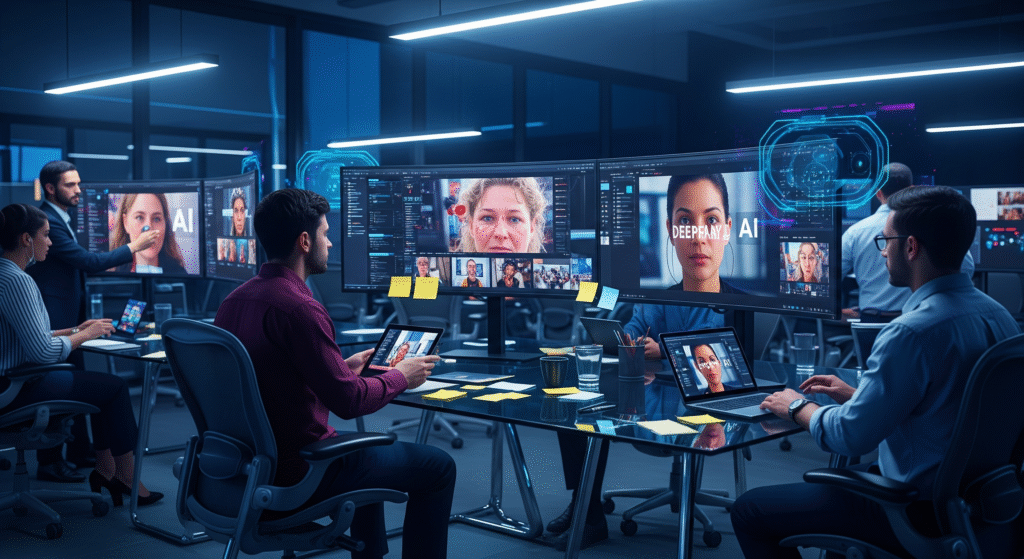
Governments are enforcing labeling laws that require AI-generated media to carry detectable watermarks. The EU and U.S. are leading this initiative, pushing tech giants to integrate identity verification systems. But the global enforcement gap remains — deepfakes transcend borders.
How to Protect Yourself
- Verify requests through multiple channels
- Use voice codes or internal verification keywords
- Invest in AI detection tools like Truepic or Reality Defender
- Train your team regularly
- Reduce how much raw video/audio of you exists online
The Bigger Picture: Trust in the Age of Simulation
As AI grows smarter, our biggest challenge isn’t technology — it’s trust. Deepfakes don’t just steal money; they steal authenticity. When we can’t trust our senses, the digital world becomes an arena of uncertainty. But knowledge, awareness, and collaboration remain our best defenses.
Final Thoughts — Reclaiming Reality
Deepfakes have redefined deception in 2025, but they’ve also awakened a new wave of vigilance. Awareness isn’t paranoia — it’s protection. In a world where even voices can lie, being informed is the most powerful truth we have left.

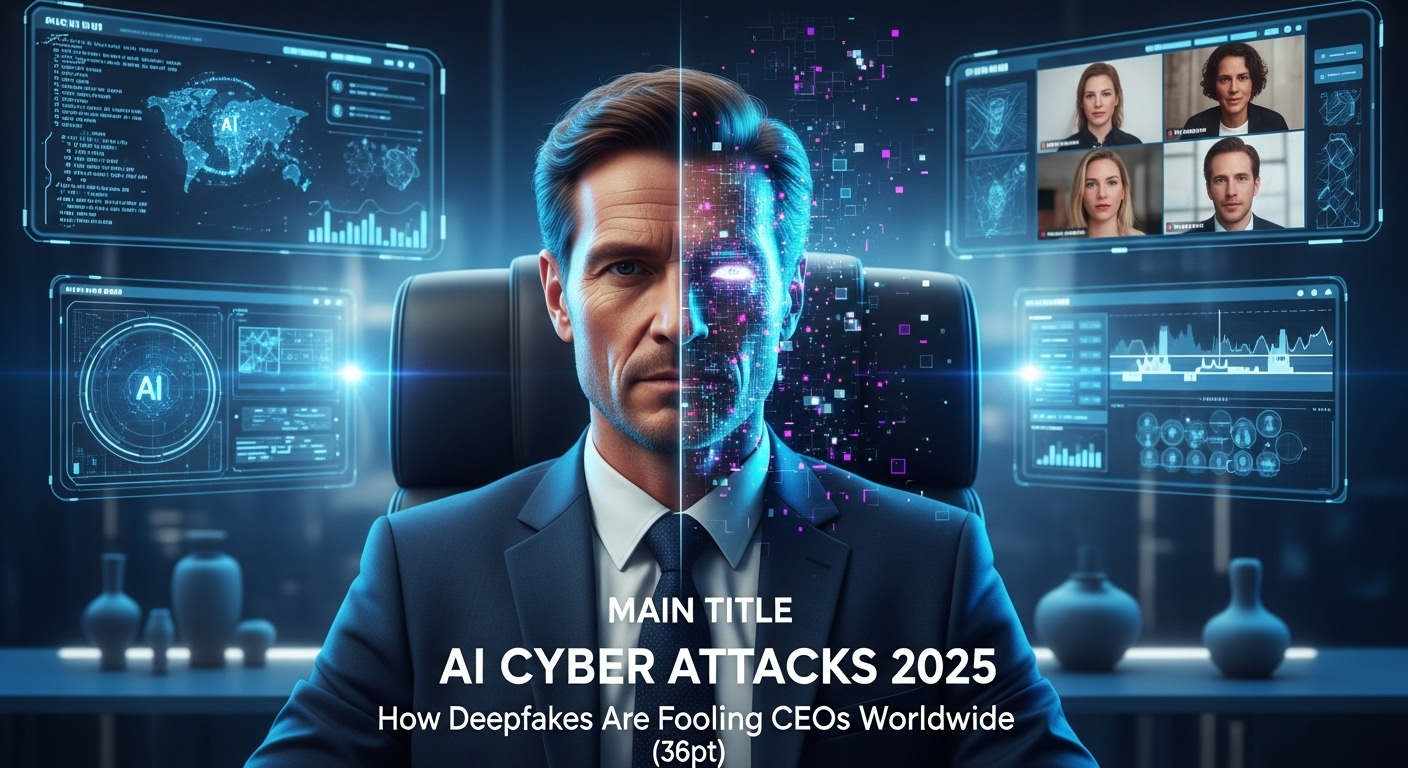
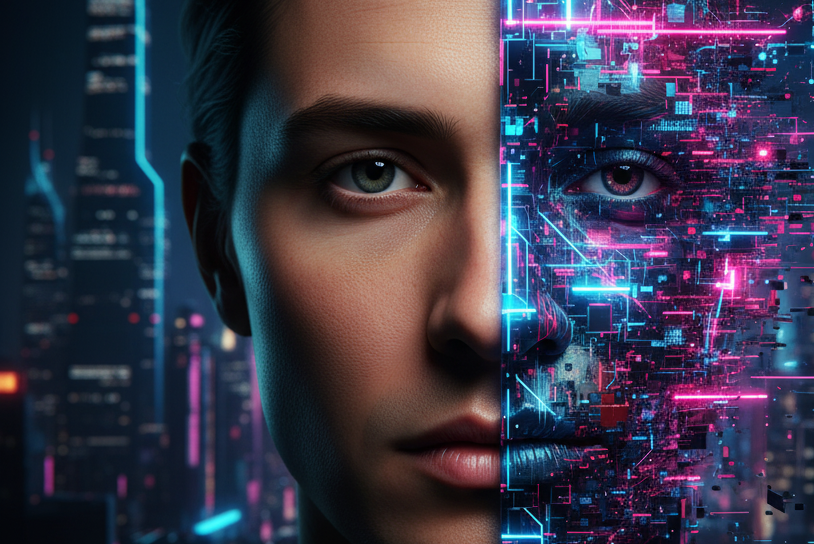

2 thoughts on “AI Cyber Attacks: How Deepfakes Are Fooling CEOs in 2025”